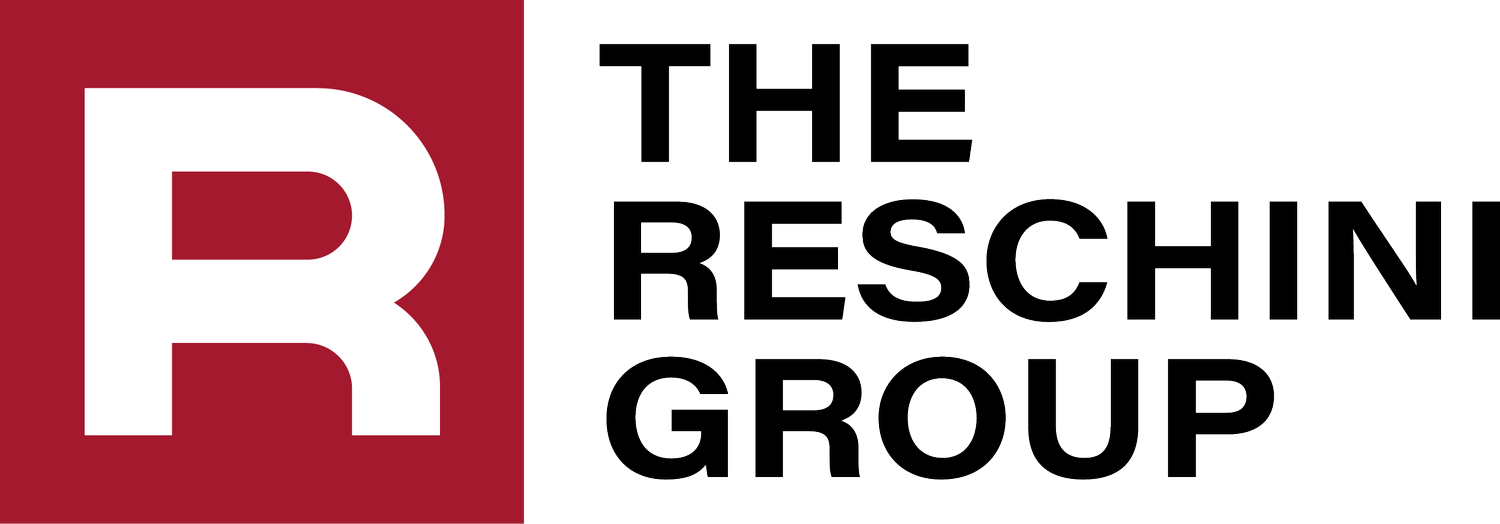Do-It-Yourself?: The Pros and Cons of Self-Insurance
 The concept of providing self-insurance sounds attractive, considering the potential cost savings and service upgrades. But, as with any other important purchase, it’s always wise to remember the timeworn advice and “let the buyer beware,” or well-informed, at least.
The concept of providing self-insurance sounds attractive, considering the potential cost savings and service upgrades. But, as with any other important purchase, it’s always wise to remember the timeworn advice and “let the buyer beware,” or well-informed, at least.
The Self-Insurance Institute of America Inc. defines this option as follows: “A self-insured group health plan (or a self-funded plan, as it is also called) is one in which the employer assumes the financial risk for providing health care benefits to its employees. In practical terms, self-insured employers pay for each out-of-pocket expense as incurred instead of paying a fixed premium to an insurance carrier, which is known as a fully insured plan. Typically, self-insured employers will set up a special trust fund to earmark money (corporate and employee contributions) to pay incurred claims.”Pretty straightforward stuff, but those considering going the self-insured route also need to be aware of all of the factors involved, such as:
- A variety of federal laws, including ERISA, HIPAA, COBRA, U.S. tax laws, and federal anti-discrimination laws (including the ADA), govern these plans.
- Assuming greater risk means just that – the company must have the financial resources to weather years that bring large unexpected medical claim volumes.
- These plans also require strong administrative skills to keep up with the continuous flow of claims, payment processing, accounting for employee contributions, and much more.
Advantages of self-insurance include:
- Reduced insurance overhead costs
- Reduced state premium taxes
- Avoidance of state-mandated benefits
- Employer control
- Improved cash flow from not having to pre-pay for coverage
- Choice of claim administrator
Most self-insured employers purchase stop-loss insurance on their self-insured health care benefit plans to reduce the risk of large individual claims or high claims for the entire plan. There are two types of stop-loss insurance: 1) Individual/Specific – this shifts responsibility for a claim to the insurer once it exceeds a certain dollar amount; and 2) Aggregate – this means the insurer assumes responsibility once the total amount of claims for all employees reaches a specific threshold.The most important step in making this decision would be to work with an experienced benefits professional. Contact the Benefits team of professionals at The Reschini Group to assist in examining possible plan designs and making recommendations for your specific needs.
Copyright 2020 The Reschini GroupThe Reschini Group provides these updates for information only, and does not provide legal advice. To make decisions regarding insurance matters, please consult directly with a licensed insurance professional or firm.
